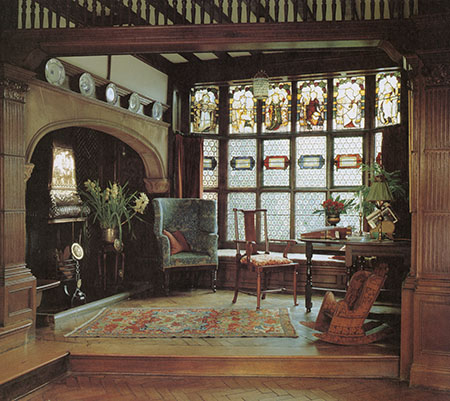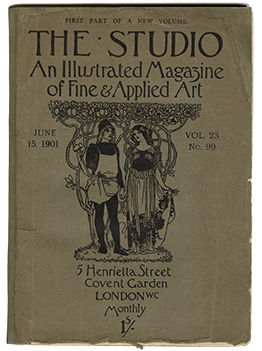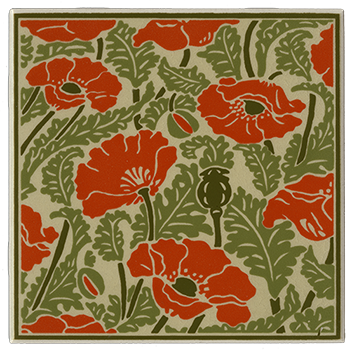Arts and Crafts Movement

William Morris believed people should be surrounded by beautiful, well-made things. This vision inspired the emergence of the Arts and Crafts movement in the 1860s. Morris's lectures and essays on art and his rediscovery of traditional craft techniques helped spread the movement, as did the decorative designs and products from his company: Morris, Marshall, Faulkner & Co.
As a diverse international movement, Arts and Crafts encompassed many characteristics. There was no single manifesto and no one style to which it adhered. Several Arts& Crafts guilds, organizations, and schools helped fuel the movement.
The core characteristics of the Arts and Crafts movement are a belief in craftsmanship which stresses the inherent beauty of the material, the importance of nature as inspiration, and the value of simplicity, utility, and beauty. The movement often promoted reform as part of its philosophy and advanced the idea of the designer as craftsman.
Image: The entrance hall at Wightwick Manor incorporated many Art and Crafts elements including Morris designed fabric on the wing chair.
"To give people pleasure in the things they must perforce USE, that is one great office of decoration; to give people pleasure in the things they must perforce MAKE, that is the other use of it."
- William Morris, The Lesser Arts, 1877 -

The Studio, 1893
The Studio Magazine helped popularize the Arts and Crafts Movement at the turn of the twentieth century.

Besheer Art Tile, Bedford, New Hampshire, c. 2010
This tile made by Kenneth and Jacqueline Besheer is evidence of the continuing popularity of arts and crafts designs. It was inspired by Marc Mangin's color lithograph used in an 1897 publication: Plants and their Application to Ornament.
